Scientifically resolve supply risks of key energy metals and build a more sustainable, safe and inclusive future of key energy metals
_
_
In 2011, China was the first in the world to embark on the transformation of the energy system led by the industrialization of new energy vehicles, and seized the precious window period to gain a very rare first-mover advantage.
However, we still face many risks and challenges. ** On the one hand, countries around the world are forced to make difficult choices on how to balance traditional energy security and transformation; on the other hand, under the consensus of "carbon neutrality", global key energy The demand for metals has increased sharply, especially when resource distribution is extremely uneven. Changes in resource security strategies and industrial and supply chain status of major countries will surely become core elements in rewriting the global political and economic landscape. ** How to build a more sustainable, safe and inclusive future for key energy metals is particularly urgent.
How to accelerate the deep integration between new energy and new materials, ensure the safety of key energy metals in the context of intensified market fluctuations and the green and low-carbon revitalization of the domestic economy, scientifically resolve the risks of key energy metals in China, accelerate the formation of new productive forces in mineral resources, and be invincible in the future global industrial chain supply chain layout adjustment and resource competition is of great significance.
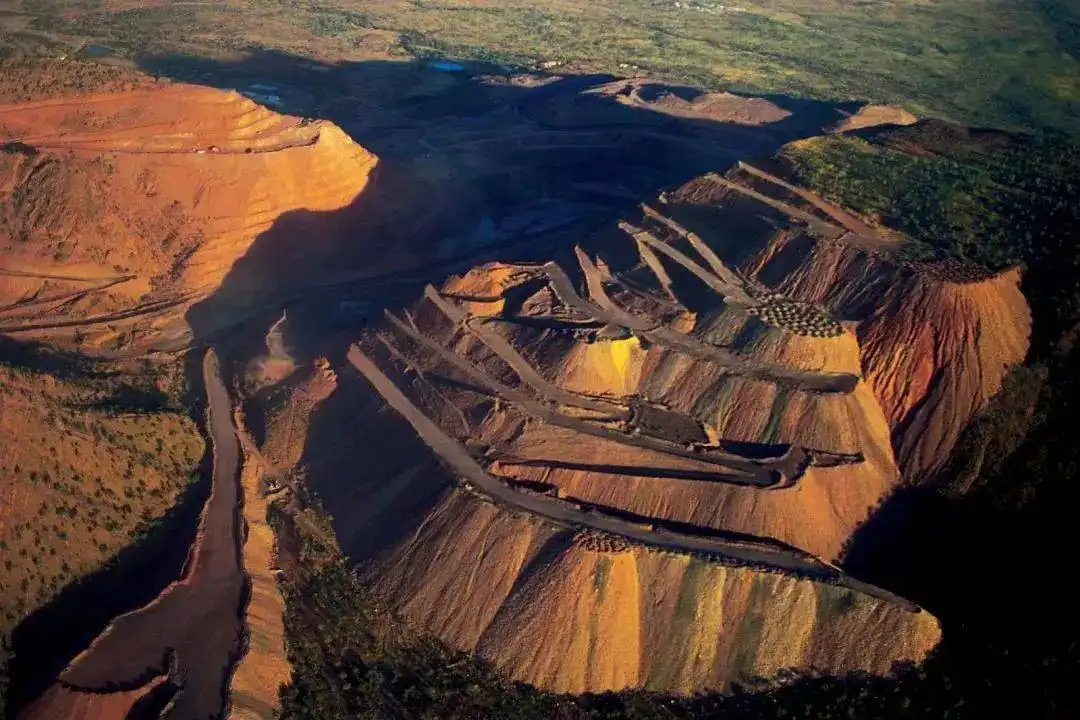
01
Common scientific and technological innovation issues such as new energy and new materials have become a decisive force in promoting energy transformation and even national economic development and sustained industrial growth
Currently, the world is in a period of major changes in the energy system. Countries around the world are accelerating the transformation of the global energy system from a fossil fuel-based energy system to a green and low-carbon new energy system dominated by renewable energy.
A large number of emerging energy technologies such as renewable energy technology, energy storage technology, hydrogen energy technology and smart energy are accelerating their iteration and becoming the core driving force for the global energy transformation to green and low-carbon, promoting the energy industry from resource-and capital-led to technology-led transformation. The manufacturing attributes and high-tech product attributes of the energy system in the future will be continuously strengthened. The continuous iterative progress of technology and the continuous emergence of disruptive technologies will surely be the main battlefield for new energy development.
The industrialization of new materials promotes the development of new energy, which in turn puts forward higher requirements for new materials. Cultivating new industries, promoting the deep integration of new materials industries and energy systems, and accelerating the formation of new productive forces are inevitable choices to comprehensively improve the basic advancement of the energy industry and the modernization of the industrial chain.
** Compared with developed countries, China's key energy metals and deep-processed materials are subject to the "structural deficit" phenomenon. The output and scale have generally reached the world's top level. However, due to various factors, they are basically locked in the global value chain. At the middle and low end, there are widespread problems such as unsmooth industrial and supply chains and insufficient supply at the resource end. The problem of weak resilience of industrial and supply chains has not been effectively solved. ** Developed countries continue to adjust the strategic layout of the industrial and supply chains of their key products and technologies, striving to strengthen the stability and autonomous controllability of their own supply chains, while also using international investigations and other governance methods. Vulnerability is used as a "bargaining chip" for malicious competition.
China's improvement in the supply security of key energy metals and deep-processed materials faces the dilemma of "no materials are available, no materials are dare to use them" internally, and it faces the risk of being "stuck" externally. “碳中和”为巩固和提升中国新能源产业战略优势提供了百年难遇的时代契机的同时,也面临新的机遇与风险挑战。
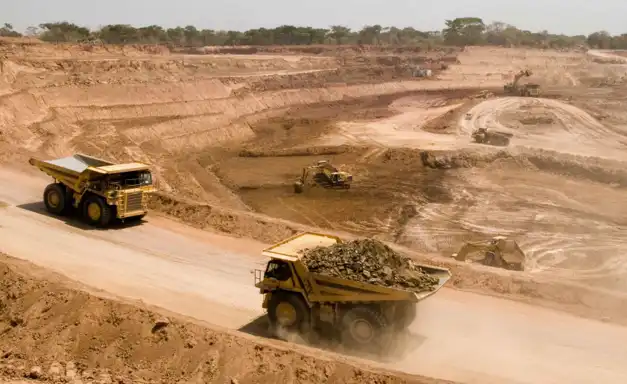
02
Seize the opportunity window for industrial chain and supply chain reconstruction, efficiently coordinate the improvement of the supply of new energy and new materials throughout the chain, and face considerations
With the continuous advancement of energy transformation, the role and status of key energy metals such as lithium, cobalt, and rare earths have become increasingly prominent. The new energy industry chain and supply chain are obviously limited by the safe supply of key energy metals. 关键能源金属作为能源转型的重要支撑,其需求量在未来十几年里还将持续加大。
The International Energy Agency predicts that by 2040, the proportion of key metals required for new energy will be as high as 40% to 90% of the total demand for mineral resources, and the scale of metals required for batteries will increase 33 times, including nickel, cobalt, and manganese. Demand will increase by 140 times, 70 times and 58 times respectively. Among all renewable energy power, photovoltaic has the highest consumption of low-carbon materials. In addition to steel, copper, photovoltaic-grade glass, etc., there are also rare metals such as nickel, indium, gallium, germanium, and tellurium; the three rare earth elements contained in wind power, praseodymium and dysprosium will also face serious shortages in the future, becoming an important constraint on wind power installation. It is estimated that by 2050, the total installed capacity of photovoltaic plants will reach 19 times that of 2020, and the demand for key energy metals such as indium and tellurium in photovoltaic manufacturing may exceed reserves.
Compared with traditional energy sources whose market structure has been relatively stable, the key energy metals market is still in its infancy. There are a large number of opportunities in resource exploration, mining and recycling, and high-quality mine construction. It contains a large market scale and the evolution of the market structure exists. Many possibilities.

但受资源地缘政治等因素影响,主要经济体在争夺关键能源金属产业链供应链的制高点上摩拳擦掌,全球关键能源金属产业链供应链脆弱性凸显**。 一方面,各大资源输出国极力推进产业链供应链本土化,相继出台紧缩政策,提高本国矿业税费并限制原料矿出口,这进一步加大了全球关键能源金属及其产品的供需缺口。 ** 印度尼西亚政府于2014年和2020年两次宣布禁止镍矿出口,菲律宾也颁布镍原矿出口贸易禁令。2019年12月,缅甸政府以环境保护为由封关,造成中国重稀土进口中断。刚果(金)将钴矿权利金由2%提高到10%,并对超额利润征收50%的税 。On the other hand, the United States and other Western developed countries have built "small courtyards and high walls" for key energy and metal industry chains and supply chains, and resource and technological hegemony have exerted interactive pressure to comprehensively attack the Chinese market. 2022年6月14日,美国国务院宣布,美国和加拿大、澳大利亚、芬兰、法国、德国、日本、韩国、瑞典、英国和欧盟委员会等主要伙伴国家已建立“矿产安全伙伴关系”(MSP),旨在加强关键矿产供应链,保障对清洁能源和其他技术至关重要的关键矿产的供应。
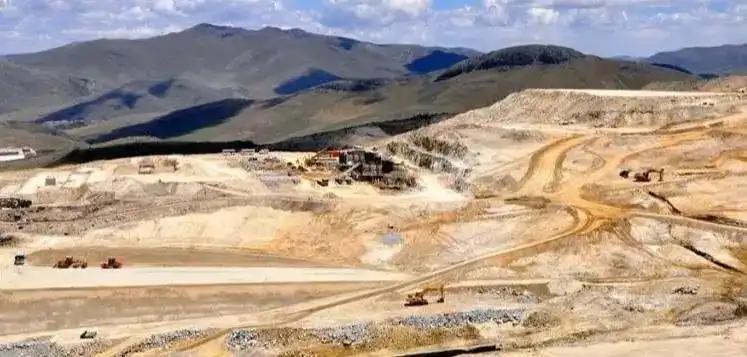
03
Focusing on preventing supply risks of key energy metals, accelerate the integration of new energy and new materials throughout the chain, and optimize the energy transformation path
The national "14th Five-Year Plan" and the 2035 long-term goal recommendations and outlines set up a special chapter to make strategic arrangements for coordinating development and security. As a large developing country, China should learn from the successful experience of developed economies in ensuring the supply security of key metals, coordinate the international and domestic situations, improve the level of domestic prospecting and exploration, resource utilization, energy technology and international cooperation, and build a key metal supply guarantee system that is compatible with China's economic development level and builds a solid foundation for ensuring the supply of primary products.
Against the background of accelerating global energy transformation, China's trend of promoting green and low-carbon energy is irreversible, but the instability of the new energy system and the high cost of energy storage will continue for a certain period of time. At present, China should maintain its strategic determination, and also need to identify the throat point of energy transformation, coordinate to promote the deep integration of new energy and new material technologies, create a relatively complete service foundation for the new energy and new material industry, and accelerate the formation of new quality productivity. With the goal of building a flexible key metal supply chain and industrial chain, we will steadily advance our own energy transformation, assume due responsibilities for responding to global climate change, contribute Chinese wisdom, and submit Chinese answers.
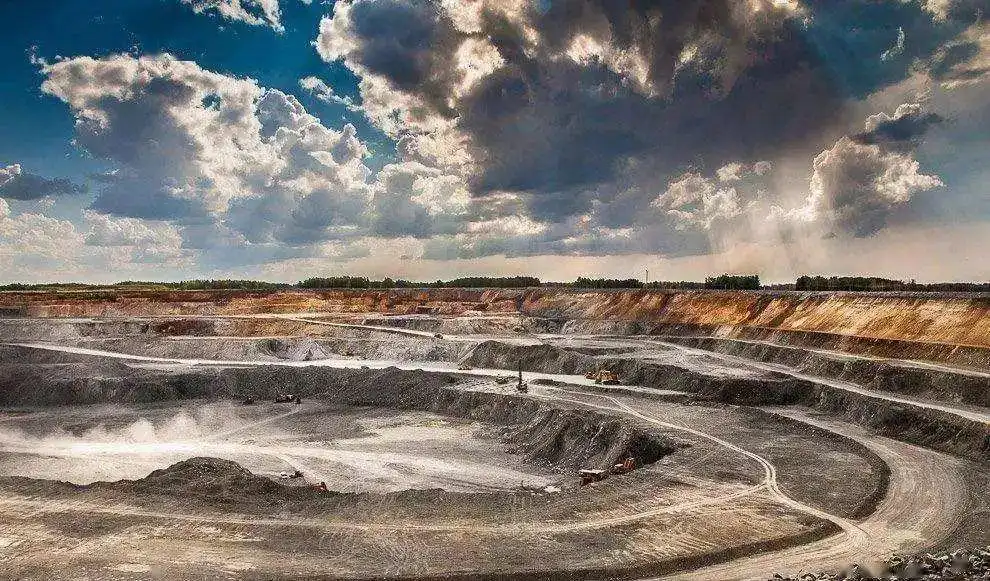
First, based on improving the cross-integration innovation ecosystem of new energy-new material technologies, we will strengthen the construction of key energy metal innovation chains and accelerate the formation of new productive forces.
Based on strengthening the construction of national strategic scientific and technological forces, and on the basis of comprehensively understanding the current situation of the construction of various scientific and technological service institutions in the new energy and new material industries, identify breakpoints, stuck points, blocked points and weak points in the scientific and technological innovation service chain. Link, systematically promote the construction of deep integration projects of new energy and new material industry chains, open up breakpoints and blockages in the cross-integration of new energy and new material industry chains, and encourage the establishment of new cross-collaborative R & D institutions for new energy and new material industries. Support the establishment of the New Energy-New Materials Cross-Technology Innovation Alliance, establish a major national special project for new energy-new materials cross-innovation, and promote the improvement of the original innovation capabilities of the new energy-new materials cross-industry.
Cooperate with the National Development and Reform Commission, the Ministry of Science and Technology, the Ministry of Industry and Information Technology and other units to establish a new energy-new material technology industry foresight guidance agency to regularly carry out strategic research and publish a technology list, roadmap and timetable for technological innovation breakthroughs in the cross-integration of new energy-new materials. Relying on the new energy-new materials cross-collaborative innovation platform, we will carry out research on cutting-edge technologies of key metals, promote technological innovation results, strengthen the construction of key metal innovation chains, lay out supply chains, industrial chains, and value chains around the innovation chain, and fight hard on key core technologies. Continuously improve the overall efficiency of the innovation chain and break through the constraints of key metals on energy transformation from the level of technological innovation.
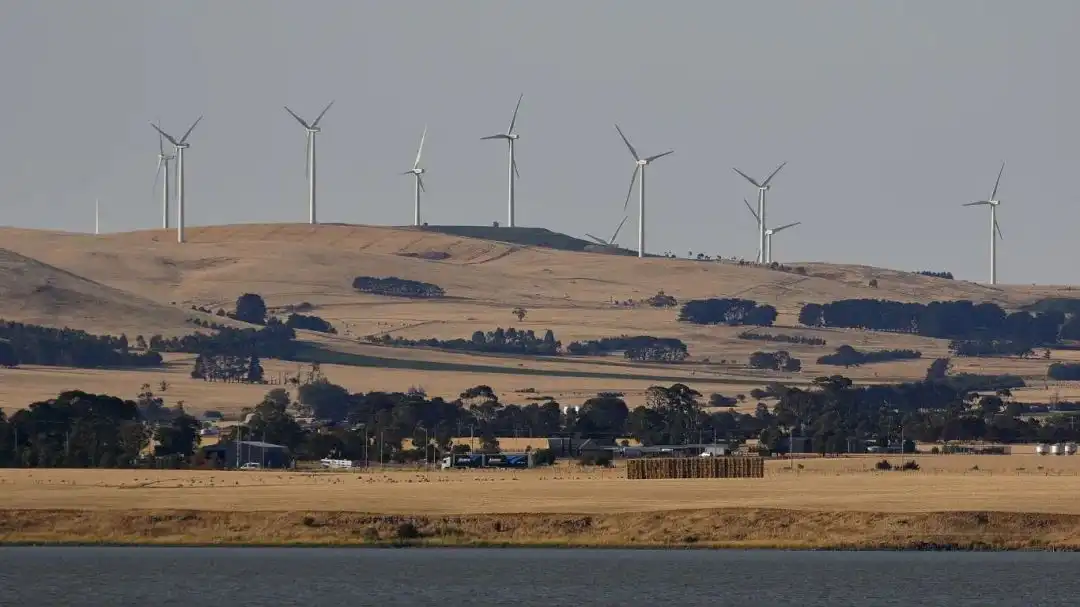
The second is to establish a key metal supply risk investigation and early warning mechanism, implement classified policies, and improve the national key metal supply guarantee system.
Energy transformation is a complex systematic project that relies heavily on disruptive technological breakthroughs of new materials and their supply security. Its realization path faces multiple options and uncertainties. Investment risks are huge, spillover effects are very prominent, and supply chains for new materials such as key metals are always fragile. Pursuing absolute security in the supply chain can only be wishful thinking.
** To this end, we must seize various windows such as technology, resources, industry, and international situation, take the research on cutting-edge technologies of new energy and new materials as the guide, accelerate the deep integration of the two, focus on the expansion of key metal materials in the new energy field Application scenarios and tapping the industrialization potential, and form industrial clusters and industrial parks that effectively supply common technologies of new energy-new materials and public services. As well as public platforms for application scenarios and regional shared manufacturing platforms that serve the transformation of innovative achievements and new market development. ** Based on national conditions and the improvement of competitiveness in the international market, we carry out supply chain risk investigation, regularly assess the vulnerability of key metal raw material supply chains and conduct early warning monitoring, and provide domestic and foreign markets with the entire key metal industry chain as well as exploration, development, consumption, trade and other full-process big data and traceability services, and continuously improve the key metal supply security system with the goal of improving the resilience of the supply chain.
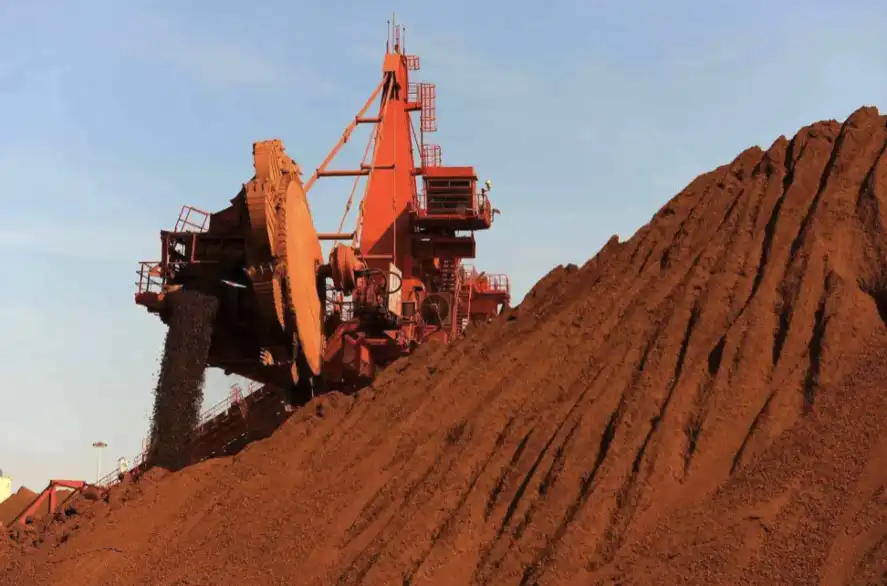
At the same time, based on the advantages and disadvantages of each key metal in the international market, policies will be implemented according to classification and demand to enhance the safety and resilience of the key metal supply chain. 对优势明显的关键金属,如稀土、锑、钒、钼等,储量高、产量大,国内供给不仅满足国内需求,还能大量供应国际市场。建议健全生命周期内的开采总量控制制度,合理调控矿业规模,规范开发秩序,继续优化资源勘探开发和配置格局,确保强优势关键技术的可持续利用。对具有一定优势的关键金属,如钨、铟、镁、钛等,具有资源储量与产量优势,但由于全球资源供求缺口不大或资源再生利用技术的提高,使国际市场对中国资源供应的依赖性较低。应考虑在控制年度出口总量的同时,完善矿产地和矿产品储备制度,避免价格战等不必要的资源浪费,并大力拓展其下游产业链,拉动内需。对于具有一定劣势的关键金属,如铝、锡、镍、锶等,不具备储量优势,但受全球主要经济体进口来源区重叠度不高,或在下游使用环节用量不大等因素影响,未来市场竞争不会太大。建议推行国内资源勘探和境外矿业开发合作并重,鼓励符合条件的社会资本积极参与勘查开发,为矿业市场注入活力。同时,加大对中资企业参与境外优质资源勘查开发的投融资等支持力度,培育具有国际竞争力的大型跨国矿业集团。对于劣势明显的关键金属,如钴、锂、铌、钽等,中国资源储量条件差,或是开采技术条件尚不成熟,依赖国外供应维持国内消费,且与美国、欧盟等国家竞争激烈。建议大力拓宽海外市场,积极构建良好的贸易关系,加大境外矿业开发力度。 ** 一方面,高度警惕以美国为首的西方经济体“卡中国脖子”,及时跟进,妥善回应,及时制定相应的反制措施,促进各经济体之间形成不对称优势,有效化解冲突风险;另一方面,在国内积极推进技术性替代与知识创新,加大资源分离、原材料革新、综合回收利用等技术攻关的支持力度,降低关键金属供应链被美国等其他经济体“卡脖子”的风险。 **
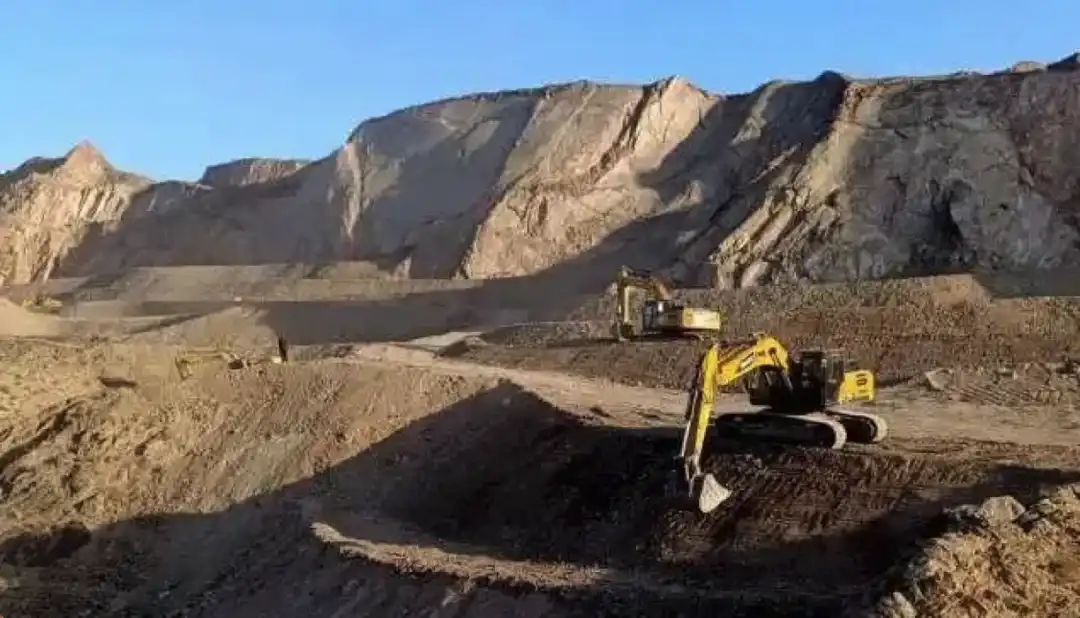
The third is to serve the underlying logic of global energy transformation, focus on improving market voice, and resolve key metal supply chain risks from both sides of supply and demand.
On the supply side, the focus is on improving the level of domestic geological survey of key metals and the level of international cooperation on the Belt and Road Initiative. domestic level ,综合考虑关键金属赋存的地质特征、开采难度、现有储量和市场供需等因素,合理调控中央与地方财政投入力度,深化重点成矿区带、重要矿集区的矿产勘查,圈定具有战略价值的关键金属靶区,有针对性地加大对锂、钴、镍等关键金属的勘探投入,推进勘查矿种结构调整和布局优化,提高增储上产能力和矿产地储备规模。 International level, 积极参与关键金属勘探、开采的相关国际标准和规则的制定,推动中国矿业标准国际化,构建以关键金属为载体的互利共赢的国际供应链、产业链合作体系,增强中国关键金属全球配置能力。
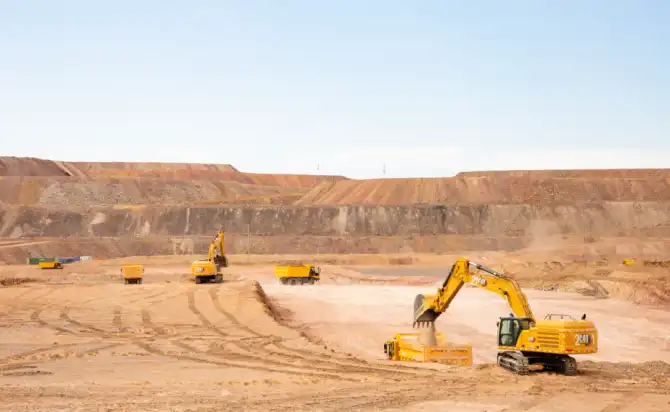
On the demand side, new energy industries should be rationally laid out, financial hype caused by excessive transformation should be avoided, the cost problem of efficient utilization of key metals should be actively solved, and transformation expectations should be stabilized. 关键金属利用效率关乎能源转型的成本、进度和可行性,同时也极大地影响着关键金属的供应风险。建议聚焦资源高效提取、资源循环利用、替代资源和新材料的研发与应用,突破一批“卡脖子”的关键核心技术。 On the one hand, 大力开展关键金属高效利用技术的研发,提高关键金属利用效率,减小需求缺口,加强资源综合回收利用,突破高效提锂、镍钴选冶、工业冶炼中稀散金属回收、退役电池金属回收等技术“瓶颈”,加速研发技术成果转化; On the other hand, 发掘各种金属材料的新用途、新功能,破解关键金属高附加值利用的成本难题,改变高端材料长期依赖进口的局面,推动全产业链向中高端迈进,增强关键金属供应链的抗风险能力。
[This article is a phased achievement of a major project of the National Social Science Fund (23 &ZD107).
:
